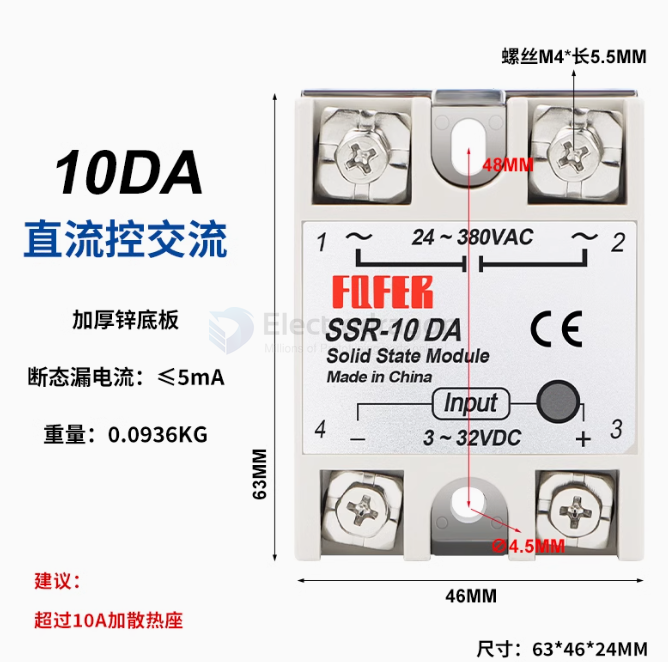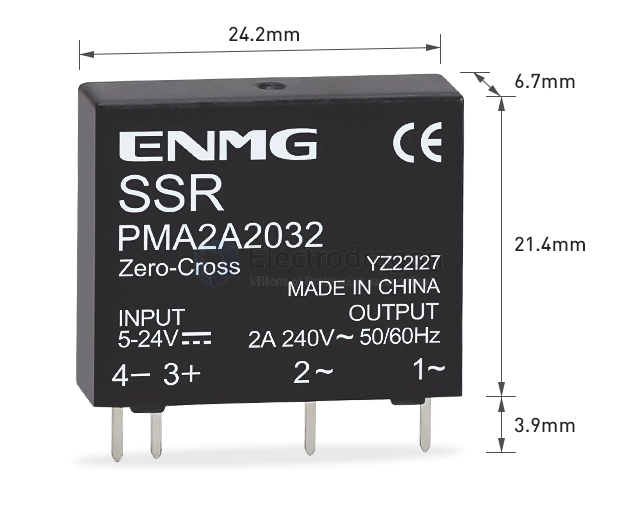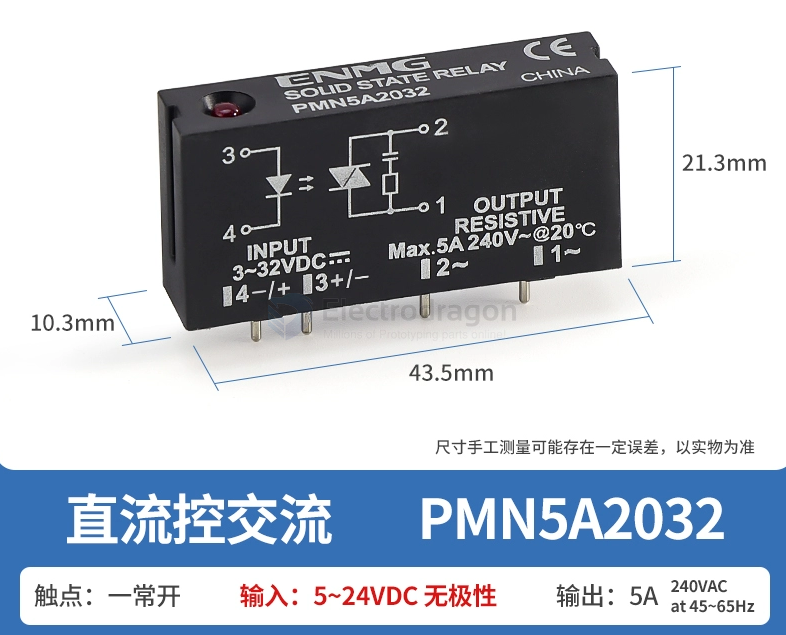drawbacks of the SSR relay
While SSRs offer numerous advantages over mechanical relays, they also have some drawbacks:
- Temperature Sensitivity: SSRs can be sensitive to high temperatures, which can affect their performance and lifespan. Operating them within their specified temperature range is crucial.
- Turn-on Surge Current: SSRs can draw a large surge current during turn-on, which can cause voltage drops in the power supply or damage sensitive loads. This can be mitigated by using surge suppressors or soft-start circuits.
- Higher Cost: SSRs are generally more expensive than mechanical relays, especially for high-current applications.
- Limited Current and Voltage Ratings: SSRs have limitations on the maximum current and voltage they can handle. Exceeding these limits can lead to damage or failure.
- Susceptibility to Transient Voltages: SSRs can be sensitive to transient voltages, which can cause premature failure. Proper shielding and grounding can help protect them from these transients.
- Potential for Latching: In some cases, SSRs can latch on or off, making it difficult to control their state. This can be prevented by using appropriate drive circuits and control methods.
standalone type SSR relay

PCB Type of SSR relay
output - 2A/240V

output - 5V/240V

SSR VS TRIAC
| Feature | TRIAC | Solid State Relay (SSR) |
|---|---|---|
| Basic Function | AC power control through triggering | Switching AC or DC loads with isolation |
| Structure | Single semiconductor device | Complete isolated switching unit |
| Triggering | Directly through gate terminal | Low-voltage control signal (AC or DC) |
| Isolation | No inherent isolation | Opto-isolation between control and load sides |
| Switching Speed | Fast but can be noisy with inductive loads | Fast, smooth, and silent switching |
| Durability | Moderate (affected by wear and tear) | High (no mechanical parts) |
| Applications | Light dimming, motor control, heaters | Industrial automation, temperature control |
| Cost | Lower | Higher, but with added features |
Choosing Guide:
- If safety and isolation are critical (e.g., in industrial environments or sensitive electronics), an SSR is usually the better choice.
- For simple AC power control and cost-sensitive applications, especially where isolation isn't a concern, a TRIAC will suffice.
- If you’re dealing with high-frequency switching, inductive loads, or need reliable performance in harsh environments, an SSR would be preferable.
- For microcontroller-based projects that require easy, safe switching, go with an SSR due to its ease of interfacing and built-in isolation.
In summary:
- Choose TRIAC if you need basic AC control, minimal cost, and don't require isolation.
- Choose SSR if you need isolation, durability, fast switching, or you’re controlling sensitive systems or loads frequently.